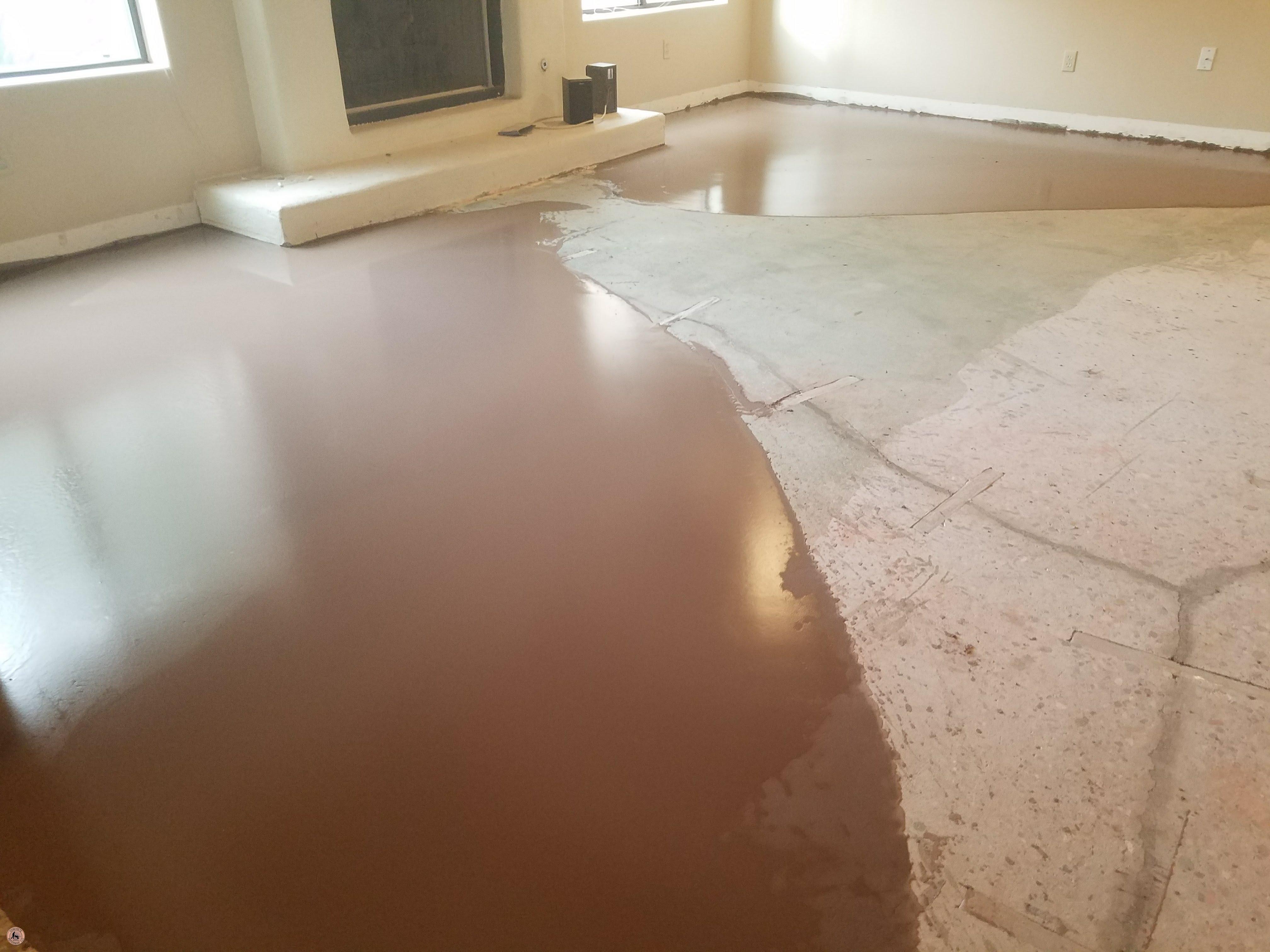Pallet racking, also called pallet rack or pallet shelving, is a fabric handling storage system designed for the organized storage of palletized items in warehouses

Pallet racking, also recognized as pallet rack or pallet shelving, is a material dealing with storage system designed for the organized storage of palletized items in warehouses, distribution facilities, manufacturing services, and different industrial settings. It is among the most common and efficient storage solutions for handling large portions of palletized merchandise. Pallet racking methods provide easy access to saved items, maximize vertical space for storing, and facilitate efficient stock administration.
Uprights (Frames): Uprights are vertical columns that help the horizontal beams and define the height of the racking system. They are anchored to the floor and might range in height to accommodate different storage requirements.
Beams (Cross Beams): Beams are horizontal elements that connect with the uprights and type the shelving ranges. They assist the pallets or other storage containers. Beams are adjustable, allowing for flexibility in shelf heights.
Pallet Supports: Pallet helps, also identified as wire decking or pallet deck, are used to offer further support to pallets and prevent them from falling via the rack structure.
Wire Mesh Decking: Wire mesh decking is often used on pallet racking methods to create a sturdy, safe, and even floor for storing pallets and different objects. It enhances security and offers fire safety benefits.
Row Spacers: Row spacers are used to keep up the right distance between rack rows, which aids in load stability, safety, and access for forklifts or different material handling gear.
Safety Accessories: Pallet racking techniques could be equipped with various security options, together with rack guards, end-of-aisle protectors, and column protectors, to forestall injury to the racks and guarantee the security of personnel and stored goods.
http://nutris.net/members/wentzvillelvpflooringpros614/activity/865531/ -In and Drive-Through Racking: These variations of pallet racking methods are designed for high-density storage and allow forklifts to drive instantly into the racking to load and unload pallets. Drive-in methods have just one entry point, whereas drive-through methods have entry and exit points on reverse sides.
Push-Back Racking: In push-back racking, pallets are loaded from the front, and when a new pallet is added, it pushes the existing pallets backward. This system provides high-density storage and environment friendly use of house.
Selective Racking: Selective racking is the most typical type of pallet racking. LVP Floor Contractor Near Me allows entry to each pallet individually and is suitable for warehouses with a selection of SKUs and a need for frequent access to inventory.
High-Density Racking: High-density pallet racking solutions, similar to double-deep racking and dynamic move racks, are designed to maximise storage capacity by decreasing aisle house and using a last-in, first-out (LIFO) or first-in, first-out (FIFO) storage methodology.

Pallet racking methods are chosen based on the precise storage necessities of a facility, the forms of merchandise being saved, the forklift and material dealing with tools used, and the specified accessibility to saved objects. Proper design, set up, and maintenance of pallet racking methods are crucial for safe and efficient warehouse operations..
